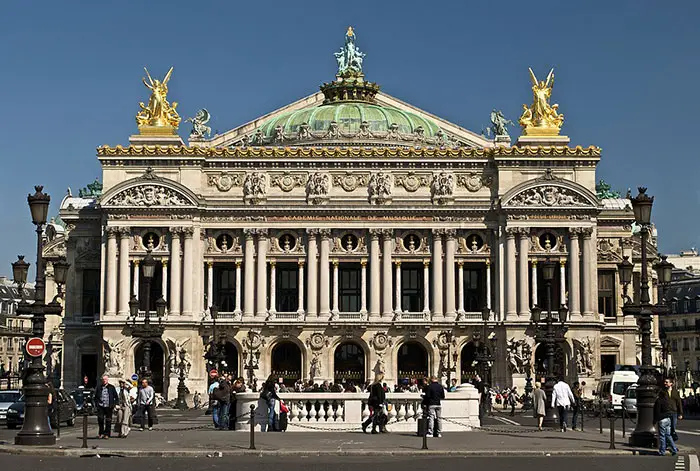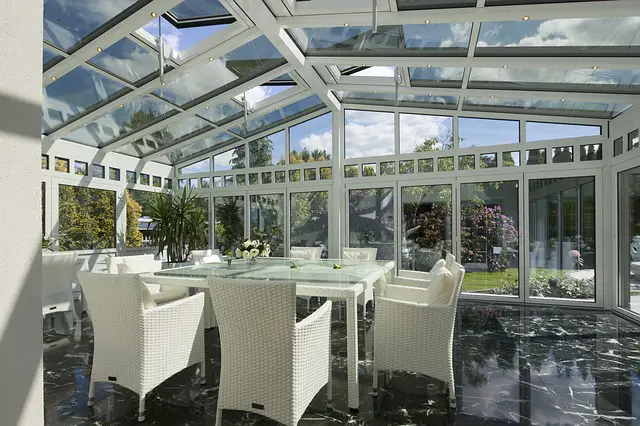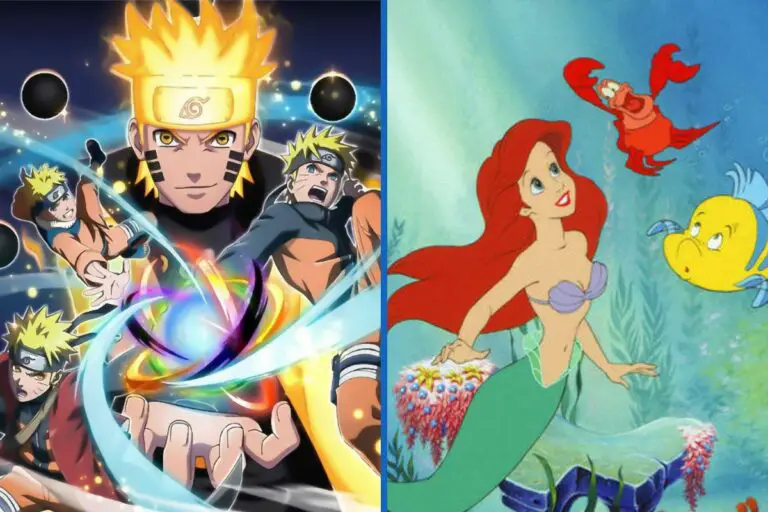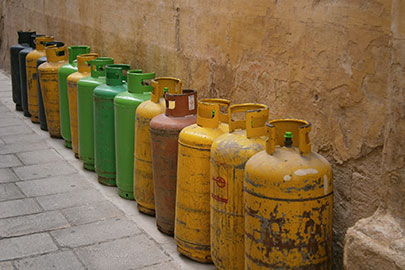What’s the Difference between a Loggia and a Veranda?
If you are looking for a new house, or are already an owner that want to improve your house, you may struggle to understand the difference between these two words: loggia and veranda. What is the difference exactly?
Loggia and veranda both described a room outside the house, but their architecture is different.
While a loggia is included in the building facade, open but protected from sun and win, a veranda is generally outside the main building, but protected with glass walls.
After this brief introduction, we can now look in detail to each word: loggia, then veranda and finally a comparison of both.
Loggia
Definition
A roofed open gallery especially at an upper story overlooking an open court
Merriam-Webster
Loggia is an Italian word, designating a gallery, open but not completely
The important thing to know, in order to compare it to a veranda, is that a loggia is always designed by the architect on the building plan
Pictures
To make you see quickly what I’m talking about, here are two pictures from loggias:

Outside view of a loggia 
Inside view of another loggia
Most of the time, we talk about loggia for a monument
As you can see on the pictures, they have nothing to do with a balcony, they are inside the building
History
The first loggias in architecture appeared in Italy, at the Renaissance (14th–17th centuries)
Then, many famous architects and artists in Europe use them in their buildings
For example, the “Palais Garnier” in Paris is one of the most known monument with loggias

(source: Peter Rivera [CC BY 2.0], via Wikimedia Commons)
Usage
I don’t know if usage is really the good title to this, but as loggias are always built from the architect plan, we can ask ourselves why they make this choice
Loggia has two main advantages comparing to other solutions (balcony, veranda, etc.)
The first is that thanks to the pillars or walls only on each side, the wind is not a problem. The loggia cuts the wind, so you can enjoy the outdoor air even with bad weather
Secondly, in summer, you can easily find shade to protect yourself from the sun. So, you will suffer less from the heat
Veranda
Definition
A usually roofed open gallery or portico attached to the exterior of a building
Merrriam-Webster
Do you remember the important thing to note about loggia?
Yes, they are included in the building plan
So for a veranda, the most important thing is that it’s a room “attached” to the building
And the definition don’t say that, but in a veranda, almost all the walls are glass walls
Pictures
On the first picture, we can see that this is an extension of the house
On the second one, you can see the glass walls from the exterior
And finally the third photo was taken inside a veranda
Advantages
Having a veranda at home has the main advantage of allowing you to enjoy the outdoors whatever the weather, without being cold
Thanks to its glass walls, it offers a panoramic view of your garden, sheltered from wind and cold
In the winter, veranda are particularly appreciated in temperate regions
Differences between Loggia and Veranda
Architecture
The main difference between both is that a loggia is included in the original building plan
Most of the time, a veranda is added by the house owner after the construction
Manufacture
Generally a veranda is made with at least 80% glass walls, connected with aluminum parts
A loggia uses the building materials, there is no specific rule
Pros & cons
A loggia offers a tempered atmosphere, whatever the season or weather.
Protected from wind in winter, and from the sun in summer
A veranda is more useful in the winter, or cold areas in summer.
But you can’t use it during heat waves in the summer
Conclusion
That’s it, you now know the difference between loggias and verandas
A veranda is a closed room with glass walls, allowing you to enjoy your garden view all-year long
A loggia can protect you from wind and sun, so it’s the best option for people who don’t like extremes temperatures
If you liked this post, thanks to share it on social networks by using the buttons below









